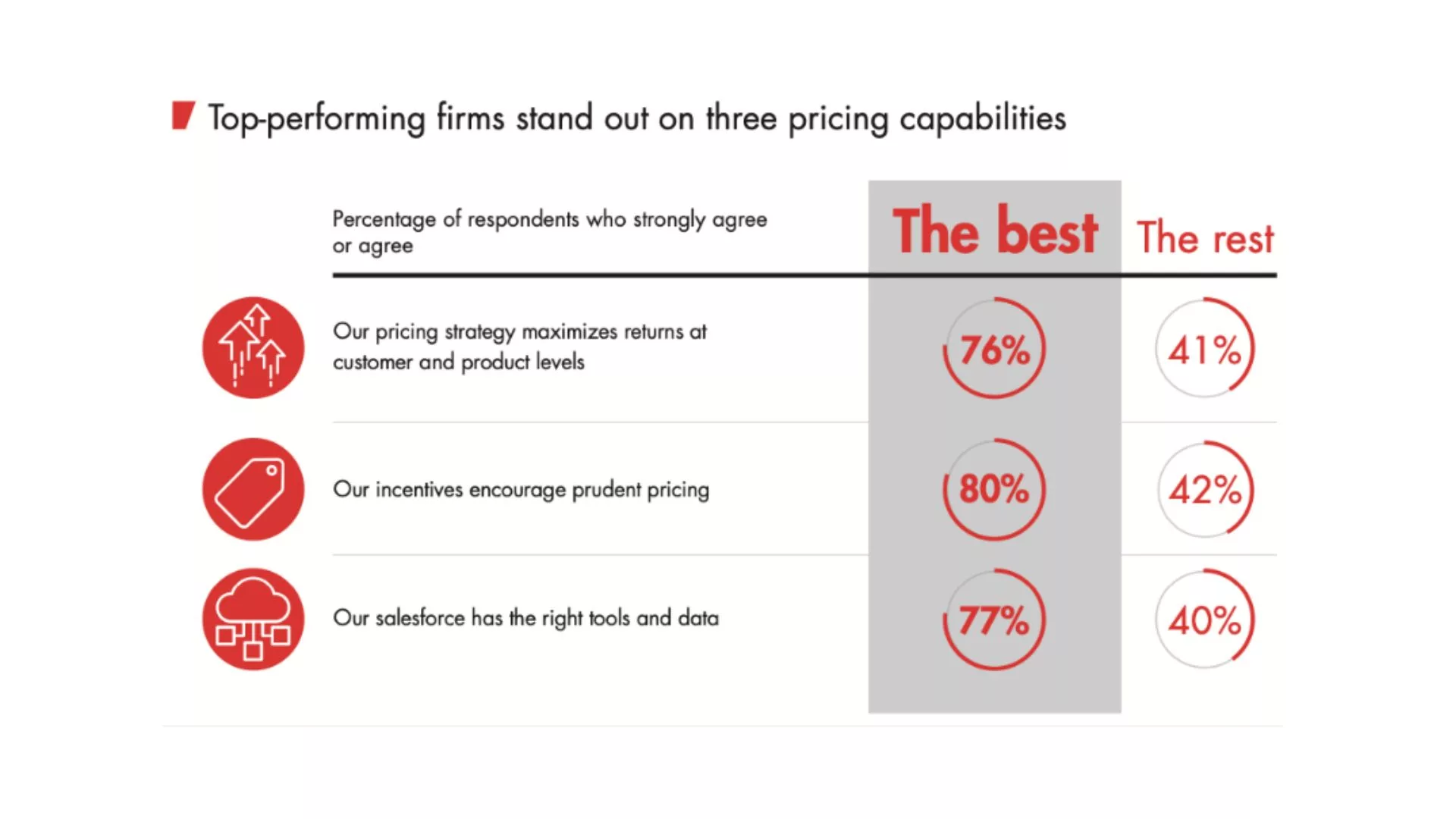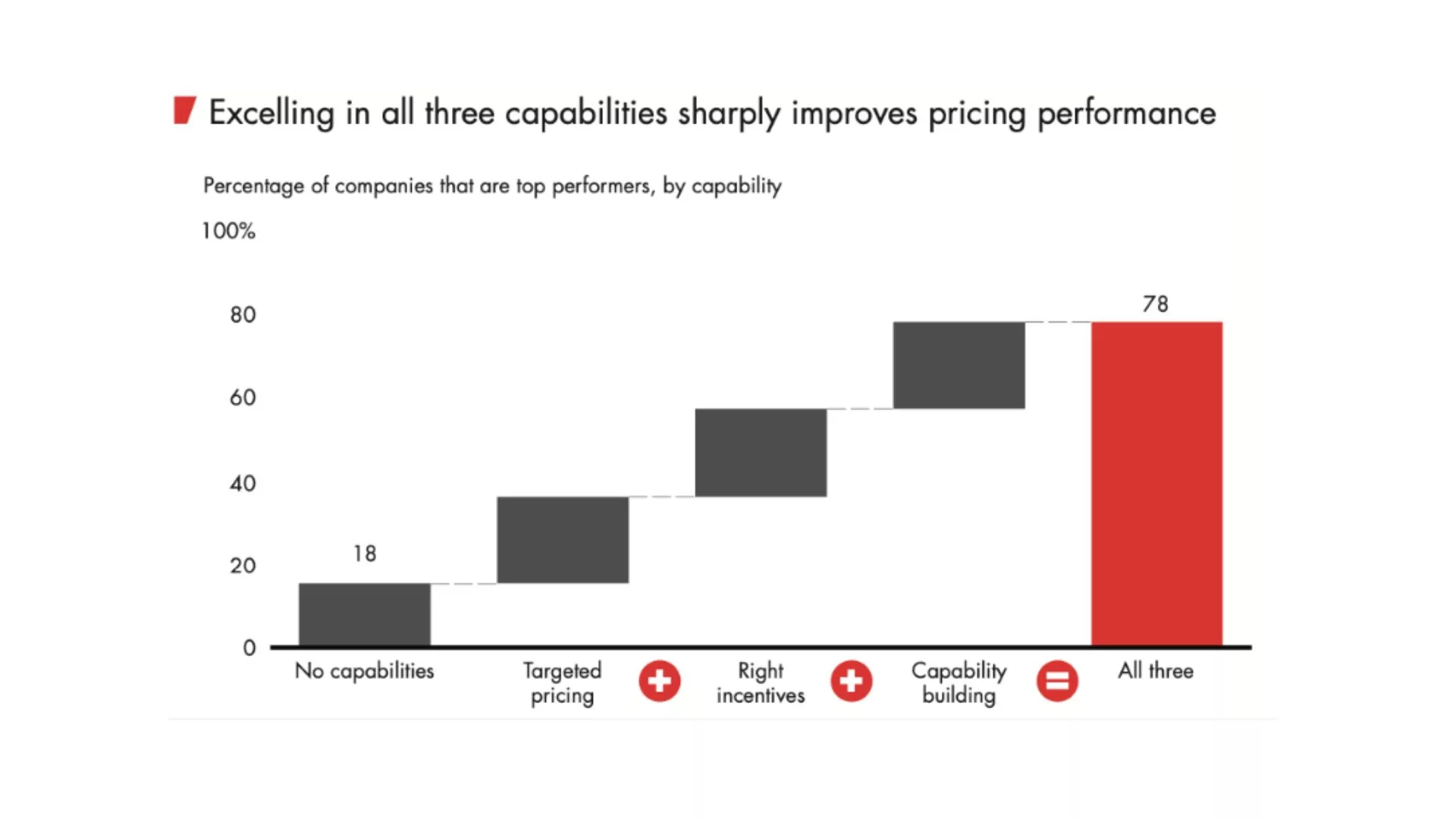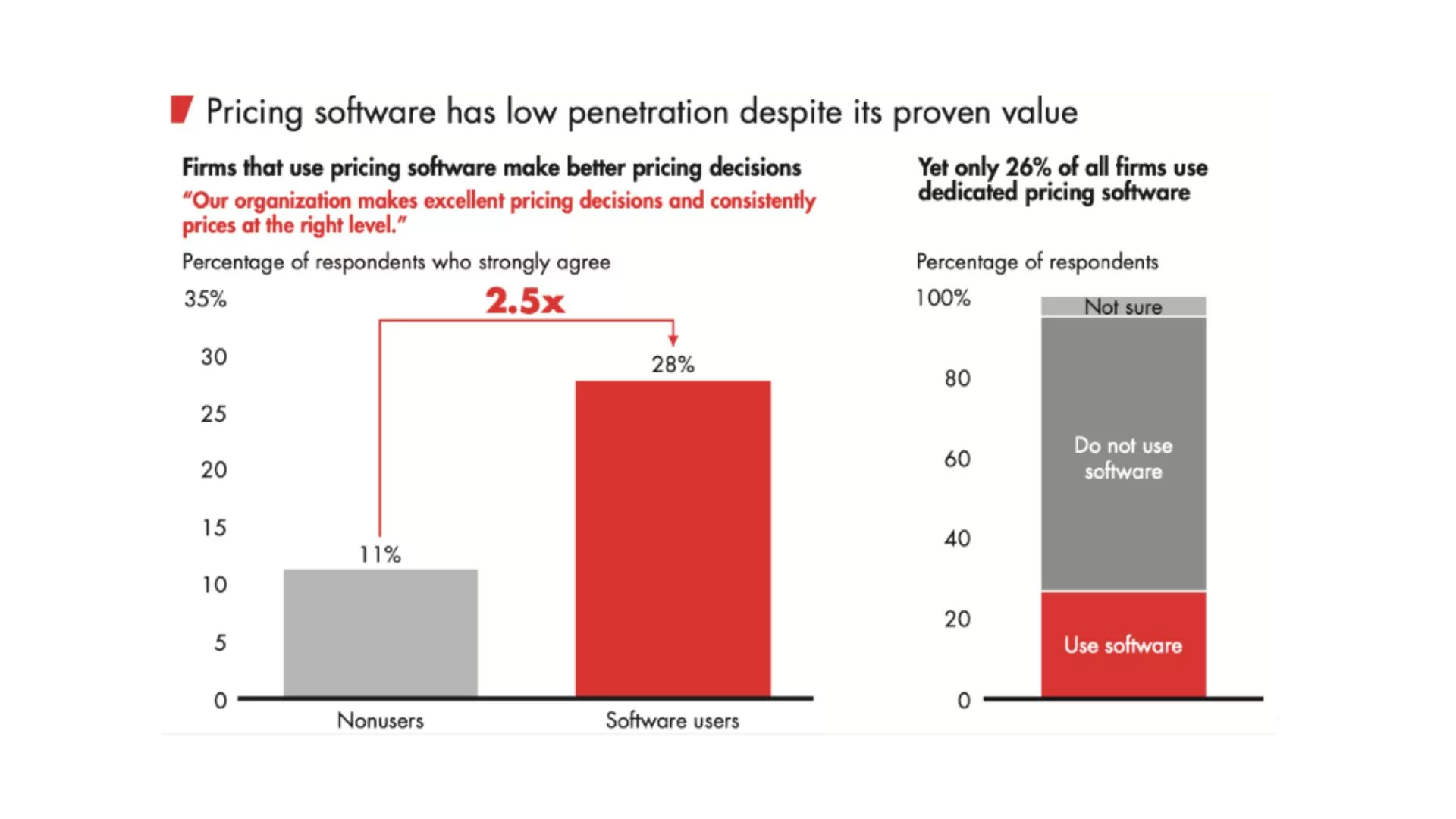A volume incentive programme provides a strong financial incentive for distributors and buying groups to concentrate their sales efforts – thereby improving the profitability of these channel partners through driving high-volume orders.
However, many companies fall into the trap of simply offering the same volume incentive rebates on the same product lines to each and every customer. Even though they may drive a certain amount of volume, they fail to single out and reward the most high-value customers, which is crucial for maximising total margin across all sales.
Taking a strategic and data-led approach to volume incentive programs can drive volume, increase revenues and improve margins all at once – but you’ll need the right tools for the job.
What Are Volume Incentive Rebates?
Volume incentive rebates are used to encourage high-volume purchases across specified product lines. Unlike upfront discounts, rebates are given after the initial payment of goods. This protects you, as the seller, from buyers overpromising on volume during pricing negotiations, while simultaneously incentivising buyers to increase volume in order to access the rebate.
Volume incentive rebate programmes are usually tiered, with customers earning incremental per-unit rebate rates as volume-based turnover targets are reached.
For example:
| Sales Product A | Rebate Per Unit |
| 0-99 | £0.00 |
| 100-499 | £2.00 |
| 500-999 | £4.00 |
| >1,000 | £6.00 |
This is the most common example of a volume incentive rebate programme – used to drive volume. However, it is also the most basic – and if applied indiscriminately to all customers and channel partners, you may be missing out on additional opportunities to increase revenues and optimise margins.
The Importance of Getting Pricing Right
As Bain & Company reveals in their report – Is Pricing Killing Your Profits? How the Best B2B Companies Set and Get the Right Price – 85% of companies believe that their pricing strategies could improve, with most admitting that they lack the right tools and insights to optimise sales performance. “While most executives suggest pricing is high priority, our survey shows that, on average, large capability gaps exist in price and discount structure, sales incentives, use of tools and tracking, and structuring cross-functional pricing teams and forums,” writes Bain. As a result, many simply take a “set it and forget it approach” – deploying blanket pricing across all products and customers.
“One-size-fits-all pricing actually fits no one,” the report continues. “Yet it is not unusual for sales executives to admit that ‘our ability to tailor prices at the customer and transaction level is rudimentary at best’ or that ‘we are not even aware of how much margin we make on deals.’”
By contrast, Bain says, more advanced companies tailor their pricing carefully for each combination of customer and product, continually working to maximize total margin.
The survey found that top performing companies (defined as those who had strong pricing outcomes and had increased market share over the previous two years) exceeded their peers in three areas:
(Image source bain.com)

When considering the 3 capabilities: Targeted Pricing, Right Incentives and Capability Building, Bain’s analysis also revealed the value of excelling across all three capabilities pays off.
Among survey respondents who reporting excelling in all 3 areas, 78% were rated top performers.
(Image source: bain.com)

Getting Creative with Your Volume Incentive Programme
In order to maximize total margin, the goal of a volume incentive programme is not just to land a deal or continue to sell the same volume of the same products to the same customers year after year – but to expand. That is, to strongly encourage high-volume business across all combinations of customer and product.
For starters, this means structuring your volume incentive rebate programme on an account-by-account basis. Tiers and rewards can and should be adjusted on a per-customer level, rewarding not just volume, but loyalty and growth as well – thus reducing the risk that customers start looking to competitors for similar products.
Rather than relying solely on the standard volume incentive rebate structure, there is opportunity to drive sales and improve total margin with more creative rebate programmes. Growth incentive rebates, for example, can be used to encourage increased order volume over a sustained period of time, resulting in a positive effect on margins over the long-term. In effect, you make growth a condition that you attach to a volume rebate.
For example:
| % Growth Value Over Previous Year | Rebate |
| 2% growth | £1,000 |
| 4% growth | £2,000 |
| 6% growth | £4,000 |
Another strategy is to reward purchases of product lines jointly as well as individually. Let’s say you’re a manufacturer with eight core product lines – but some distributors only carry one or two. Here, a product mix incentive can be applied to encourage those distributors to carry and move volume in more lines.
For example, the incentive could be based on the buyer earning rebates on their regular order of Product A on the condition that they purchase Product B as well:
| Sales of Product B | Rebate on Product A |
| 0-99 | £0.00 |
| 100-499 | £2.00 |
| 500-999 | £4.00 |
| >1,000 | £6.00 |
Optimising Incentive Programmes with Rebate Management Software
Maximising margins through your volume incentive programme relies on having ready access to the right data so you can identify which customers and buying groups can be targeted for more creative incentive rebates.
This is exceptionally tricky and time-consuming when relying on outdated systems like spreadsheets to manage your incentive programmes. Typically, such a strategy means manually tracking all transactions that take place over the course of a year and then poring over the data to try and extract insights that reveal opportunities for targeting. This is an inefficient and costly process that’s prone to error and fails to deliver frontline sales reps the real-time data they need to help your company meet its objectives.
The solution is to automate your rebate management processes with purpose-built pricing and rebate management software. As highlighted in Bain’s report, top performing companies use dedicated software to track deals, analyse outcomes and optimise pricing. “Based on the performance of historical deals, software solutions can provide frontline reps with real-time pricing feedback on the characteristics of a deal underway.”
(Image source: bain.com)

Bain’s analysis finds that using software solutions is associated with 2.5 times stronger pricing outcomes – yet only 26% of firms are using them.
As such, implementing a powerful solution that automates processes and provides real-time data to the team members who need it most presents an opportunity for significant competitive advantage. Automated pricing and rebate management software will help your organisation manage multiple and complex volume incentive programmes at once, while providing your team with the reports and analyses needed to make better pricing decisions that deliver optimal results.
Want to learn more about how rebate management software can improve your volume incentive programme? Talk to our experts at e-bate today for more information or to request a demo of our cutting-edge rebate management solution.

